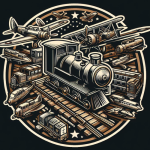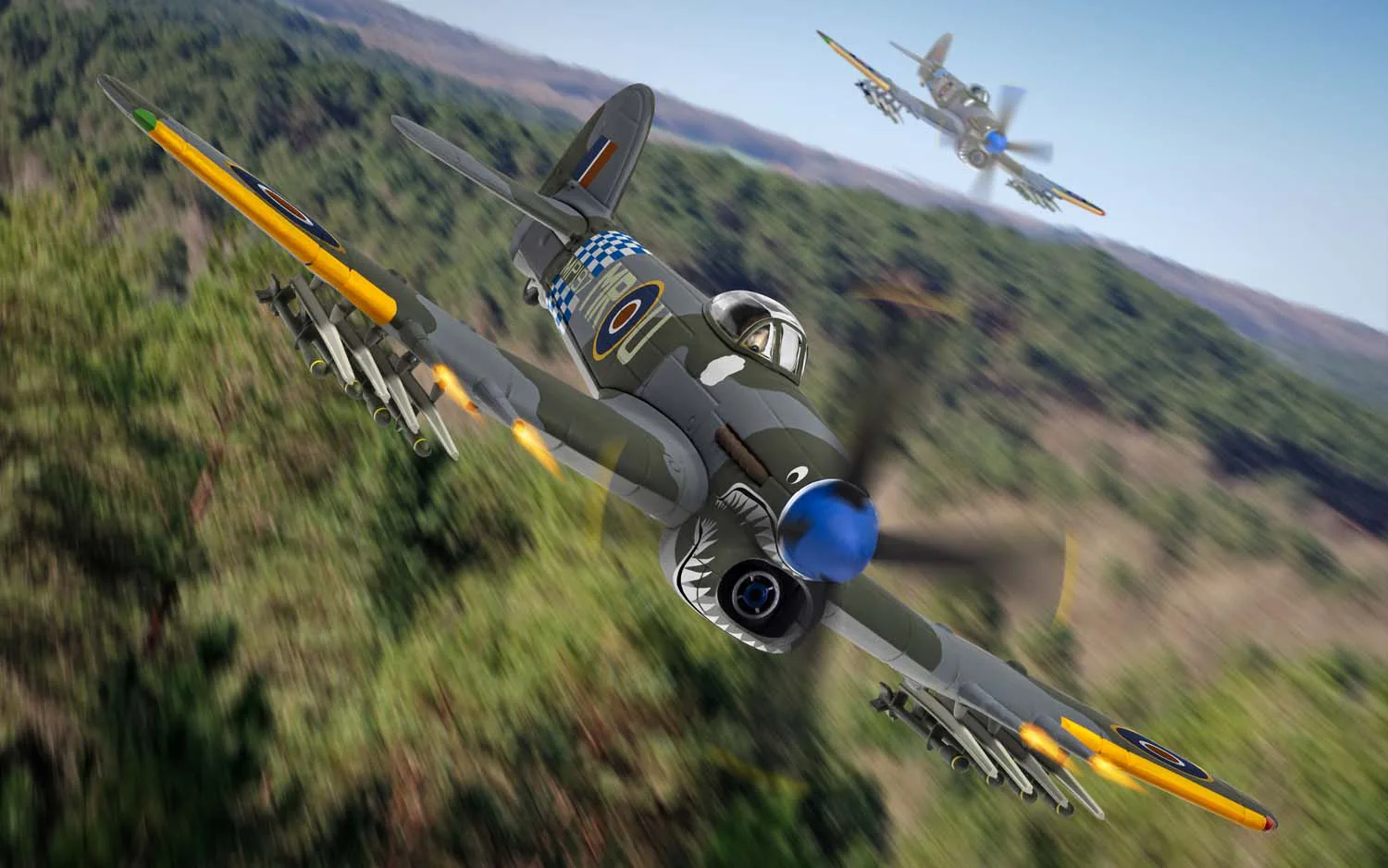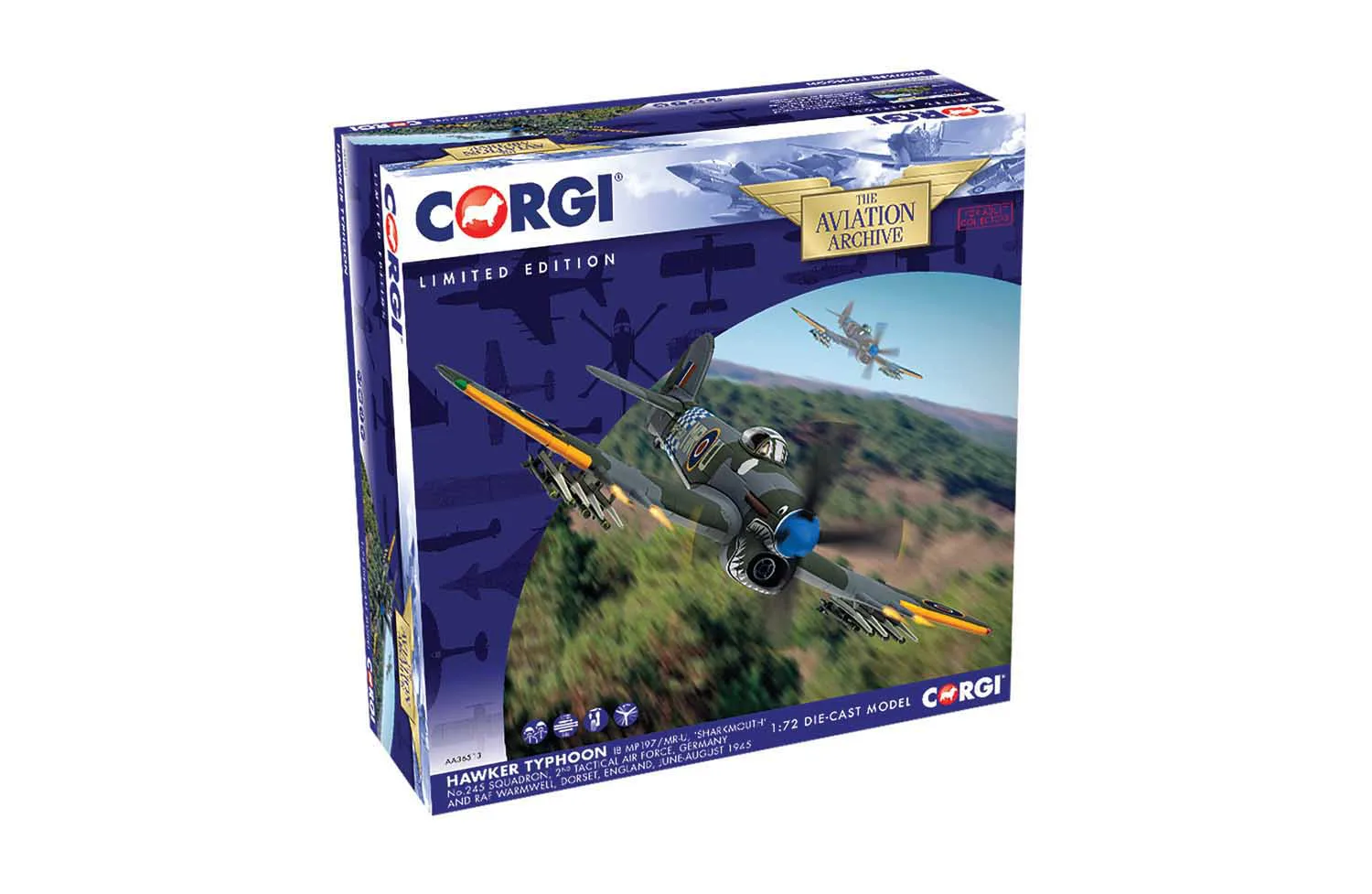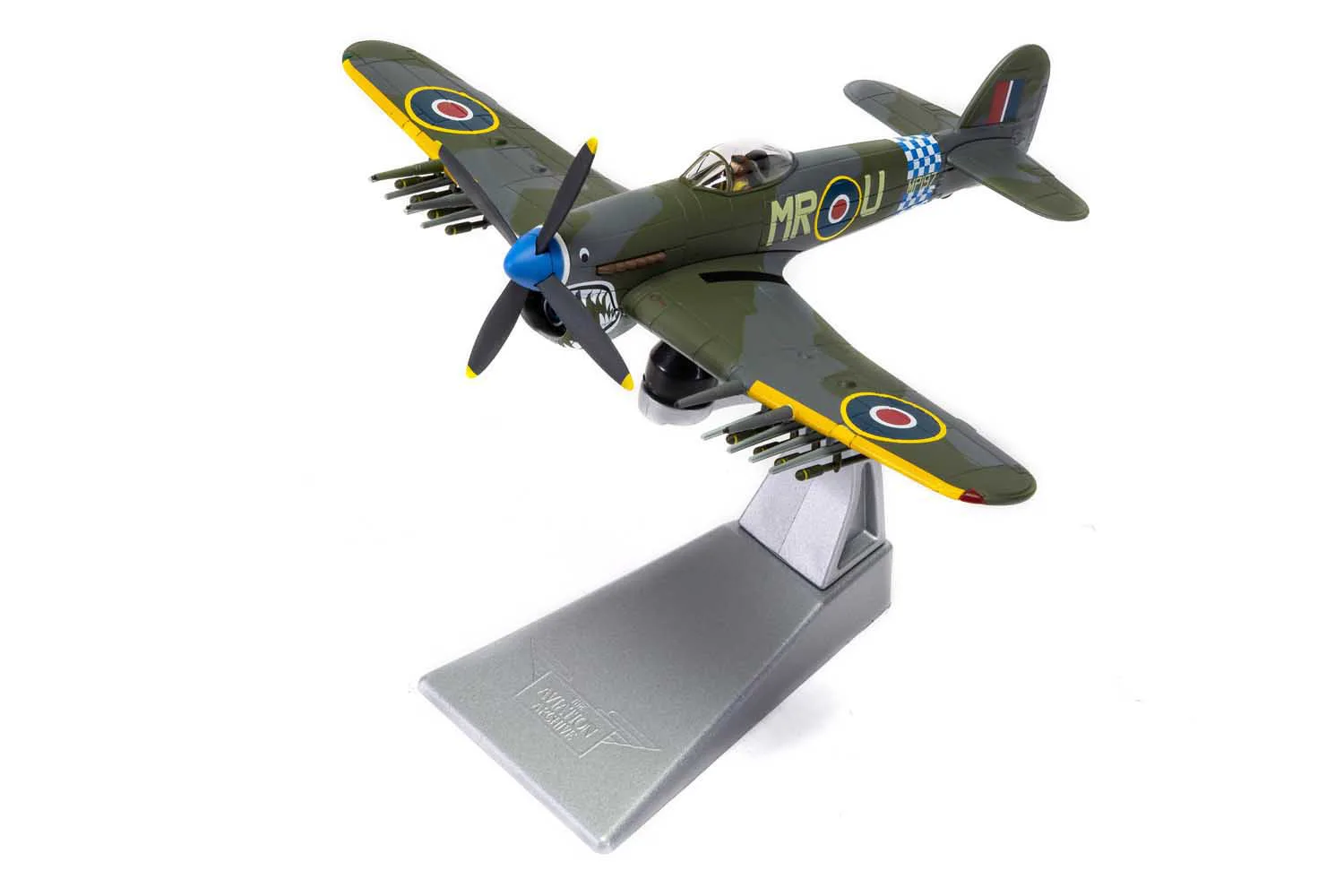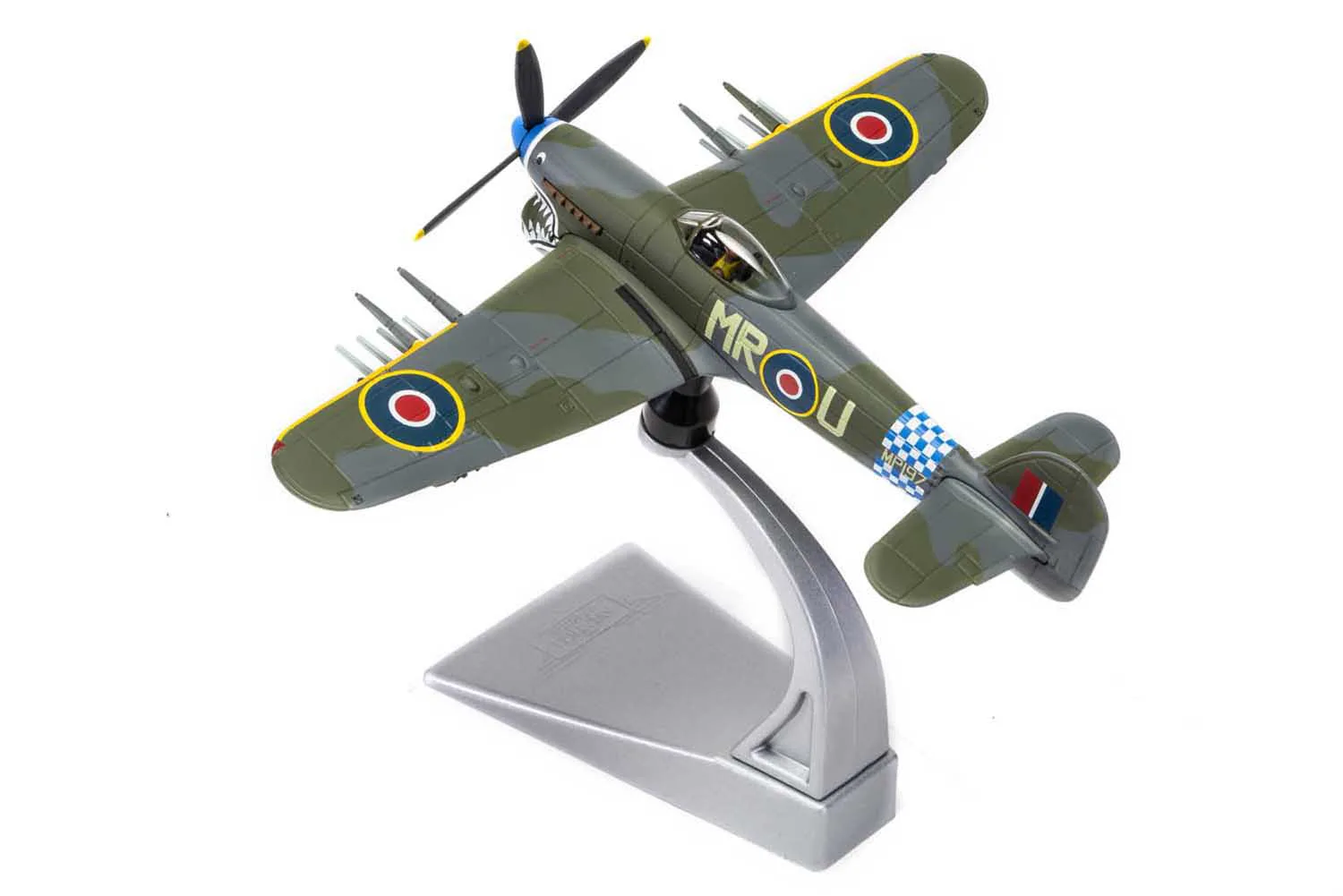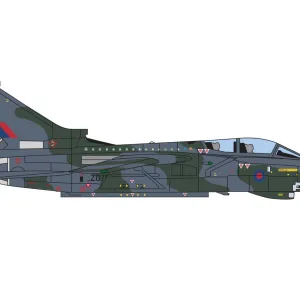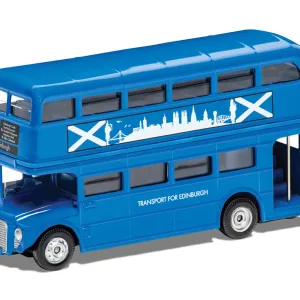Hawker Typhoon ‘Sharkmouth’
Hawker Typhoon
IB MP197 / MR-U, ‘Sharkmouth’ No.245 Squadron,
2nd Tactical Air Force,
Germany and RAF
Warmwell, Dorset, England,
June-August 1945
Despite the fact that the deep chin radiator
of the Hawker Typhoon fighter was particularly
suited to the application of some aggressive
looking nose artwork, most RAF aircraft,
particularly Hawker Typhoons, rarely featured
anything more than their standard squadron
colours during WWII. One high profile exception
to this rule was Typhoon IB MP147, an aircraft
which featured a fearsome array of teeth behind
its bright blue spinner, making it one of the most
distinctive RAF aircraft in the European Theatre.
Thought to be the only Typhoon to feature a
representation of sharks teeth on its radiator,
MP417 ‘Sharky’ was issued to RAF No.245
Squadron in August 1944, whilst Allied units
were engaged in the savage fighting around
the Falaise Pocket and remained with the squadron
until it disbanded on 15th August the following year.
Logbook entries show that Sharky was flown by
successful Canadian pilot Flt. Lt. Harrison Taylor ‘Moose’
Mossip, who had been awarded the Distinguished Flying
Cross for his previous successes operating the Typhoon
with RAF No.1 Squadron. Known to possess a particularly
aggressive flying style, Mossip was one of the pilots who
helped to establish the reputation of the Typhoon in the ground
attack role and it is thought that these sharkmouth markings
were applied to this aircraft in recognition of this tenacious
flying style. Significantly, this aircraft flew operationally
during WWII whilst wearing these markings
